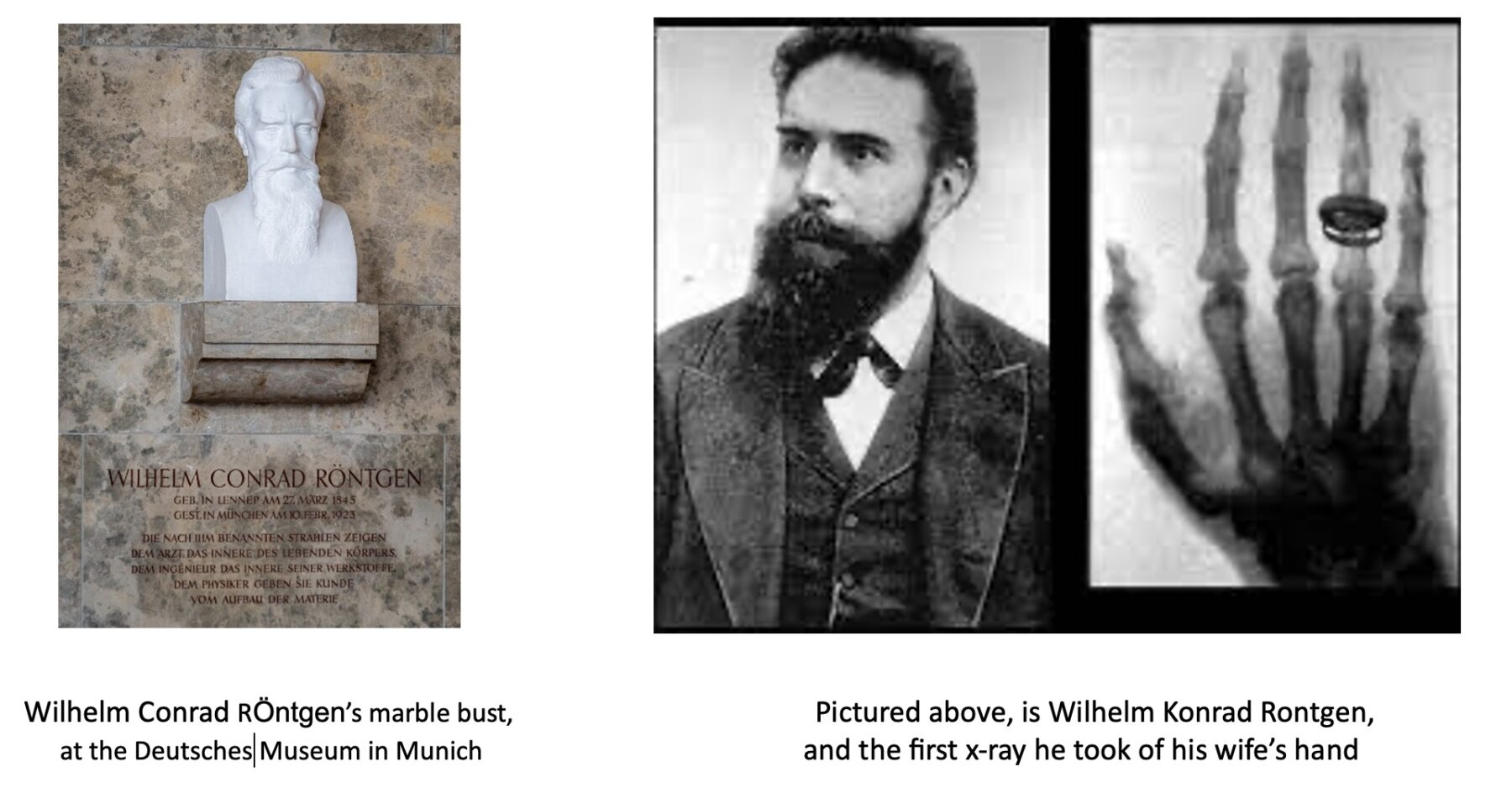For we are God’s masterpiece. He has created us anew in Christ Jesus, so we can do the good things he planned for us long ago. Ephesians 2:10 hidden treasure.
Proverbs 2:4
Jesus Tells Us; Spend some more time with Me. I know today is a busy day and you have much to do, but stay with Me for a few more minutes. I want to enjoy your company. I also want to prepare you for this day. Great athletes take time to think carefully about what is ahead, going through it in their minds before they move their bodies. In the same way, sitting quietly in My Presence prepares you for the day ahead, for the good things I planned for you. Only I know what will happen today. If you don’t let Me prepare you, you may get tired and feel like giving up.
Jesus Concludes; Rest a moment with Me, and then we’ll have a great day together.
Ephesians 2:10; Hebrews 12:3; Study Notes
Footnotes Ephesians 2:10; We are God’s handiwork (work of art, masterpiece). He alone masterminds our salvation. He works powerfully and creatively in us. He uses us as his canvas. If God considers us his masterpiece, we dare not treat ourselves or others with disrespect or as inferior work.
Passage Hebrews 12:3; Consider him who endured such opposition from sinners, so that you will not grow weary and lose heart.
Footnotes Hebrews 12:3; When you face hardship and discouragement, it’s easy to lose sight of the big picture. But you’re not alone, you can get help. Many others have already made it through the stage of life you are in, enduring far more difficult circumstances that you have. Suffering provides the training ground for Christian maturity. It develops our patience, makes us realize our need for Christ, strengthens our resolve, encourages humility, and ensures our final victory.
Jesus Tells Us is from the Jesus Calling 365 devotions for kids.
Footnotes Source: Life Application Study Bible
THE WORLD…we see history
WILHELM KONRAD RONTGEN 1845-1923
PRODUCED AND DETECTED ELECTROMAGNETIC RADIATION KNOWN AS X-RAYS

To know something like the back of your hand is a timeless concept, one that was taken yet further in 1895 by Wilhelm RÖntgen, a physics professor in Austria who was working on a series of experiments with vacuum tubes, through which he was passing electrical charges. He noticed at one point that a bit of barium platinocyanide emitted a fluorescent glow. RÖntgen speculated that a new kind of ray might be possible, he continued to experiment and began to take notes. He became consumed by his work, and he essentially lived in his laboratory for days on end. In mathematics, x is a term often applied to an unknown entity or figure, and RÖntgen began referring to his discovery as “X-rays.” Within weeks of concluding that he had indeed found something, he laid a photographic plate behind the hand of his wife Anne Berthe, and made the first X-ray photo. When he showed her the results, she said, “I have seen my death.” With the publication of RÖntgen’s paper “On a new kind of Rays” on December 28, 1895, hitherto unknown possibilities opened up for the medical field and others. Before RÖntgen’s revelation, physicians were unable to look inside a person’s body without making an incision.
Wikipedia
In 1865, RÖntgen was unfairly expelled from high school when one of his teachers intercepted a caricature of one of the teachers, which was drawn by someone else. Without a high school diploma, RÖntgen could only attend university in the Netherlands as a visitor. In 1865, he tried to attend Utrecht University without having the necessary credentials required for a regular student. Upon hearing that he could enter the Federal Polytechnic Institute in Zurich (today known as ETH Zurich), he passed the entrance examination and began studies there as a student of mechanical engineering. In 1869 he graduated with a PHD.
RÖntgen was married to Anna Berthan Ludwig for 47 years, until her death in 1919 at age 80. In 1866 they met In Zurich at Anna’s father’s café, Zum GrÜnen Glas. They got engaged in 1869 and wed in Apeldoorn, Netherlands on 7 July 1872, the delay was due to Anna being six years Wilhelm’s senior and his father not approving of her age or humble background. Their marriage began with financial difficulties as family support from RÖntgen had ceased. They raised one child, Josephine Bertha Ludwig, who they adopted at age 6 after her father, Anna’s only brother, died in 1887. He inherited two million reichsmarks after his father’s death. For ethical reasons, RÖntgen did not seek patents for his discoveries, holding the view that it should be available without charge.
READ MORE
After receiving his Nobel prize money, RÖntgen donated the 50,000 Swedish Krona to research at the University of Wurzburg. Although he accepted the honorary degree of Doctor of Medicine, he rejected an offer of lower nobility, or Niederer Adelstitel, denying the preposition von (meaning “of”) as a nobiliary particle (I.e., von RÖntgen). With the inflation following World War I, RÖntgen fell into bankruptcy, spending his final years at his country home in Weilheim, near Munich. RÖntgen died on 10 February 1923 from carcinoma of the intestine, also known as colorectal cancer. In keeping with his will, all his personal ans scientific correspondence were destroyed upon his death. He was a member in the Dutch Reformed Church.
Source: LIFE MAGAZINE 100 PEOPLE WHO CHANGED THE WORLD Page 109 https://www.life.com/history/lifes-100-people-who-changed-the-world/
Source of Read More: https://en.wikipedia.org/wiki/Wilhelm_R%C3%B6ntgen

